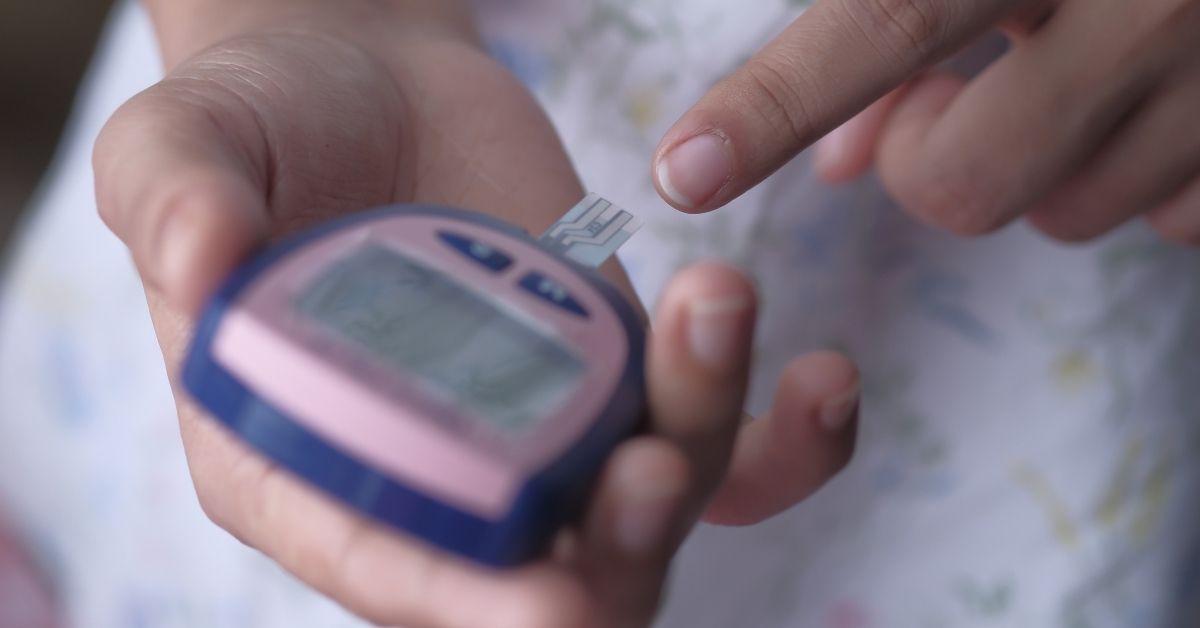Extensive research from the Royal College of Pediatrics and Child Health (RCPCH) and the Royal College of Physicians in the UK, finds poor indoor air quality is having a huge impact on children’s health.
Everyday items are to blame
They looked at data from 221 studies and found that everyday items in homes and schools are causing a wide range of diseases, including asthma, respiratory infections, low birth weight, pneumonia, eczema and atopic dermatitis, hyperactivity, impulsivity and inattention, reduced cognitive performance and difficulty sleeping.
Indoor pollutants are everywhere
Cooking, dust, chemicals from building materials and furnishings, mold, aerosol sprays, cleaning and other household products, all contribute to poor indoor air quality. And as many homes and schools are poorly ventilated, pollutants have nowhere to go. This causes a harmful build-up of chemicals and toxins in places where children spend most of their time.
The danger of VOC’s
Many of the products discussed in the report, release dangerous VOC’s (Volatile Organic Compounds) into the air. According to research, the average home can contain seven times more VOC’s than the air outside. In fact, many of the VOC’s found outdoors, originate from the personal care and cleaning products we use inside our homes.
Change is needed
The team are calling for changes in the law, to ensure the quality of our indoor air is tightly regulated, in the same way outdoor air is monitored. This is not the first time the Royal Colleges have instigated changes in the law. They played a key role in highlighting the dangers of tobacco smoking, asbestos and outdoor air pollution, that eventually led to changes in policy.
Austin Air schools project
Here at Austin Air we understand the importance of clean air in the classroom and in the home. We recently joined forces with a number of schools in the East Boston area, to help clean up the air for local children. Air and noise pollution have been a major concern in East Boston for some time now, due to the close proximity of Logan Airport. This latest project gave us the chance to improve air quality, by installing a number of Austin Air HealthMates in classrooms across the city.
But it’s not just the kids in East Boston that need change. If we are to protect the health of future generations, all classrooms and homes need to be tightly monitored, to ensure children everywhere are breathing clean, healthy air.
If you’d like to read the full report from the Royal Colleges, you can find it here.
And if you’d like to read more about the work we’re doing in East Boston, you can find more info here.



